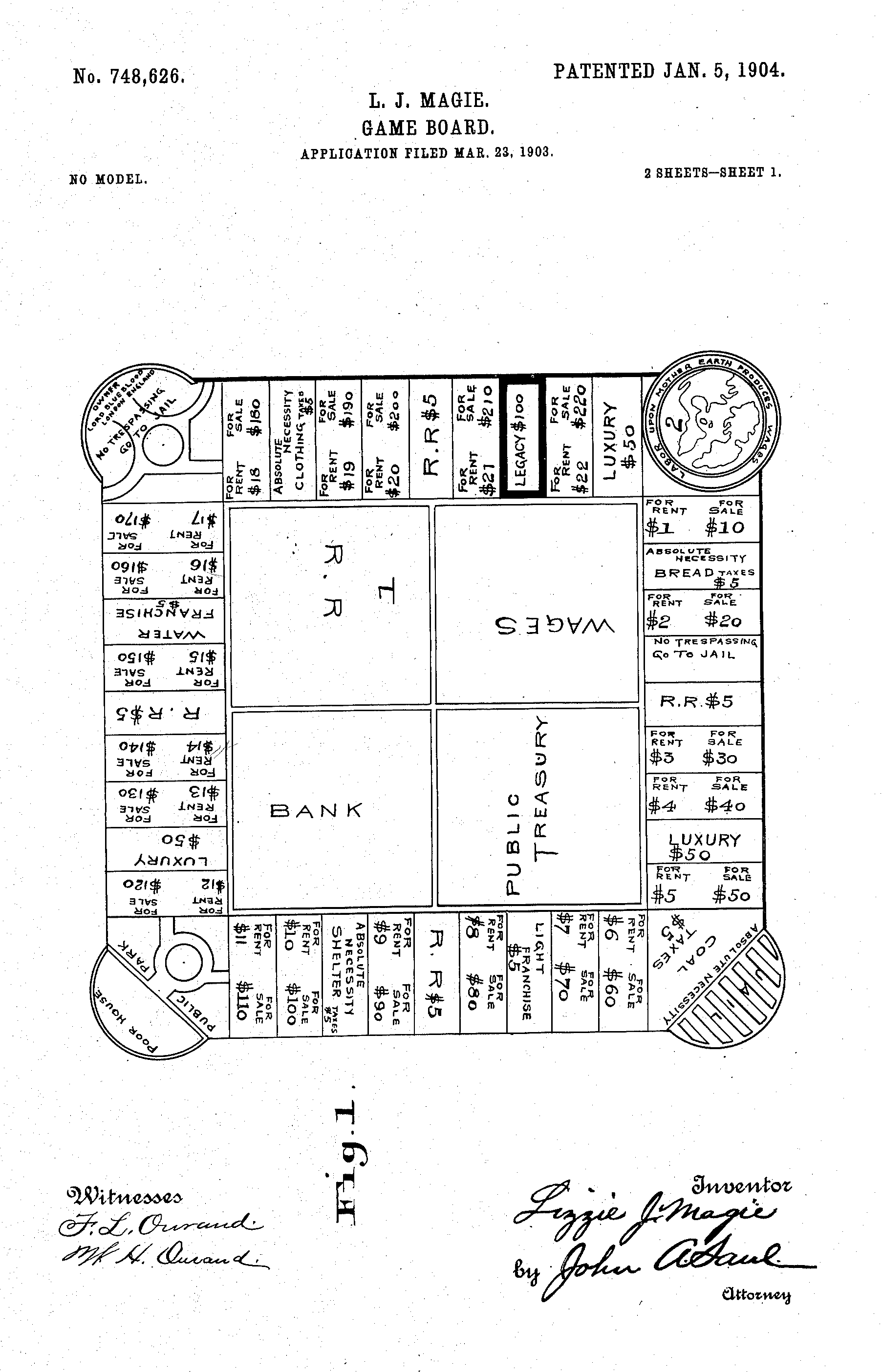|
Rue De La Paix
The rue de la Paix (English: Peace Street) () is a fashionable shopping street in the center of Paris. Located in the 2nd arrondissement of Paris, running north from Place Vendôme and ending at the Opéra Garnier, it is best known for its jewellers, such as the shop opened by Cartier in 1898.Paris 2e arrondissement Mémoire des rues; Auteur: Meryem Khouya; Éditeur: Parimagine, 2007 Charles Frederick Worth was the first to open a couture house in the rue de la Paix. Many buildings on the street are inspired in design by the hôtels particuliers of Place Vendôme. History The street was opened in 1806 from Place Vendôme on the orders of Napoleon I, part of the Napoleonic program to open the heart of the Right Bank of Paris, both towards the undeveloped western suburbs and to the north. Creating the new street required the demolition of the ancient Convent of the Capucins. At first named rue Napoléon, its name was changed in 1814, after the Bourbon Restoration, to celebra ... [...More Info...] [...Related Items...] OR: [Wikipedia] [Google] [Baidu] |
Place De L'Opéra
The Place de l'Opéra is a square in the 9th arrondissement of Paris, at the junction of the Boulevard des Italiens, Boulevard des Capucines, Avenue de l'Opéra, , , Rue de la Paix and . It was built at the same time as the Opéra Garnier (designed by Charles Garnier), which is sited on it and after which it is named. Both structures were part of the Haussmannian redesign of Paris under Napoleon III of France. 2, place de l’Opéra The building at No. 2, on the corner of rue du Quatre-Septembre, was built between 1868 and 1873 on a design by architect Henri Blondel. It was initially the head office of (SDCC), and following the latter's liquidation in 1892 became the principal Parisian branch of Comptoir national d'escompte de Paris (CNEP), itself recently recovered from a major restructuring. Between 1940 and 1944, the building was the location of the or office of the military commander of the city of Paris. It is now used by the CNEP's successor bank BNP Paribas. Tra ... [...More Info...] [...Related Items...] OR: [Wikipedia] [Google] [Baidu] |
Paris Commune
The Paris Commune (french: Commune de Paris, ) was a revolutionary government that seized power in Paris, the capital of France, from 18 March to 28 May 1871. During the Franco-Prussian War of 1870–71, the French National Guard had defended Paris, and working-class radicalism grew among its soldiers. Following the establishment of the Third Republic in September 1870 (under French chief executive Adolphe Thiers from February 1871) and the complete defeat of the French Army by the Germans by March 1871, soldiers of the National Guard seized control of the city on March 18. They killed two French army generals and refused to accept the authority of the Third Republic, instead attempting to establish an independent government. The Commune governed Paris for two months, establishing policies that tended toward a progressive, anti-religious system of social democracy, including the separation of church and state, self-policing, the remission of rent, the abolition of child ... [...More Info...] [...Related Items...] OR: [Wikipedia] [Google] [Baidu] |
Gone With The Wind (novel)
''Gone with the Wind'' is a novel by American writer Margaret Mitchell, first published in 1936. The story is set in Clayton County and Atlanta, both in Georgia, during the American Civil War and Reconstruction Era. It depicts the struggles of young Scarlett O'Hara, the spoiled daughter of a well-to-do plantation owner, who must use every means at her disposal to claw her way out of poverty following Sherman's destructive " March to the Sea". This historical novel features a coming-of-age story, with the title taken from the poem "Non Sum Qualis eram Bonae Sub Regno Cynarae", written by Ernest Dowson. ''Gone with the Wind'' was popular with American readers from the outset and was the top American fiction bestseller in 1936 and 1937. As of 2014, a Harris poll found it to be the second favorite book of American readers, just behind the Bible. More than 30 million copies have been printed worldwide. ''Gone with the Wind'' is a controversial reference point for subsequent writers ... [...More Info...] [...Related Items...] OR: [Wikipedia] [Google] [Baidu] |
Rhett Butler
Rhett Butler (Born in 1828) is a fictional character in the 1936 novel '' Gone with the Wind'' by Margaret Mitchell and in the 1939 film adaptation of the same name. It is one of Clark Gable's most recognizable and significant roles. Role Rhett's personality is that of a cynical, charming, and mocking philanderer. He frequently declares that he has no honor, though he respects those he considers true gentlemen or ladies. He often thinks the worst of Scarlett, even as he admires and loves her. During their first meeting, he says she is no lady, just as he is no gentleman. He often mocks her attempts to be gentle, kind, or ladylike, believing it doesn't suit her, and encourages her scheming ways, even as he despises them. He presents a fickle and dapper front, saying things he doesn't mean and causing Scarlett to misunderstand him. His constant, defensive teasing cause her to distrust his true intentions, even when she manages to perceive them. In turn, he does not recognize tha ... [...More Info...] [...Related Items...] OR: [Wikipedia] [Google] [Baidu] |
Consumerism
Consumerism is a social and economic order that encourages the acquisition of goods and services in ever-increasing amounts. With the Industrial Revolution, but particularly in the 20th century, mass production led to overproduction—the supply of goods would grow beyond consumer demand, and so manufacturers turned to planned obsolescence and advertising to manipulate consumer spending. In 1899, a book on consumerism published by Thorstein Veblen, called ''The Theory of the Leisure Class'', examined the widespread values and economic institutions emerging along with the widespread "leisure time" at the beginning of the 20th century. In it, Veblen "views the activities and spending habits of this leisure class in terms of conspicuous and vicarious consumption and waste. Both relate to the display of status and not to functionality or usefulness." In economics, consumerism may refer to economic policies that emphasise consumption. In an abstract sense, it is the considerati ... [...More Info...] [...Related Items...] OR: [Wikipedia] [Google] [Baidu] |
Zazie
Isabelle Marie Anne de Truchis de Varennes (born 18 April 1964), better known by her stage name Zazie, is a French singer-songwriter and former fashion model. Her greatest hits include " Je suis un homme", " À ma place" and "Speed". She co-produces all her albums and is noted for her playful use of language. Biography Early life Isabelle de Truchis de Varennes was born in Boulogne-Billancourt, France. She was nicknamed "Zazie" in reference to the title character of the Raymond Queneau novel '' Zazie dans le métro''. Her mother was a music teacher and her father, Hervé de Truchis de Varennes, was an architect. At home, they listened to Georges Brassens, Jacques Brel and Barbara, as well as classical music. Inspired, Zazie began learning to play the violin at the age of ten, later teaching herself to play the piano and guitar. After high school, Zazie began studying to become a psychotherapist; however, her classic beauty and nearly six-foot stature caught the attention ... [...More Info...] [...Related Items...] OR: [Wikipedia] [Google] [Baidu] |
Monopoly (game)
''Monopoly'' is a multi-player economics-themed board game. In the game, players roll two dice to move around the game board, buying and trading properties and developing them with houses and hotels. Players collect rent from their opponents, aiming to drive them into bankruptcy. Money can also be gained or lost through ''Chance'' and ''Community Chest'' cards and tax squares. Players receive a stipend every time they pass "Go" and can end up in jail, from which they cannot move until they have met one of three conditions. House rules, hundreds of different editions, many spin-offs, and related media exist. ''Monopoly'' has become a part of international popular culture, having been licensed locally in more than 103 countries and printed in more than 37 languages. , it was estimated that the game had sold 275 million copies worldwide. ''Monopoly'' is derived from '' The Landlord's Game'', created by Lizzie Magie in the United States in 1903 as a way to demonstrate that an econo ... [...More Info...] [...Related Items...] OR: [Wikipedia] [Google] [Baidu] |
Europe
Europe is a continent that is part of Eurasia and is located entirely in the Northern Hemisphere and mostly in the Eastern Hemisphere. Comprising the westernmost peninsulas of Eurasia, it shares the continental landmass of Afro-Eurasia with both Africa and Asia. It is bordered by the Arctic Ocean to the north, the Atlantic Ocean to the west, the Mediterranean Sea to the south, and Asia to the east. Europe is commonly considered to be separated from Asia by the watershed of the Ural Mountains, the Ural River, the Caspian Sea, the Greater Caucasus, the Black Sea and the waterways of the Turkish Straits. "Europe" (pp. 68–69); "Asia" (pp. 90–91): "A commonly accepted division between Asia and Europe ... is formed by the Ural Mountains, Ural River, Caspian Sea, Caucasus Mountains, and the Black Sea with its outlets, the Bosporus and Dardanelles." Europe covers about , or 2% of Earth's surface (6.8% of land area), making it the second-smallest continent (using the s ... [...More Info...] [...Related Items...] OR: [Wikipedia] [Google] [Baidu] |

.jpeg/1200px-Donon%2C_Pierre-Armand_(Comic-Finance%2C_1873-10-23).jpeg)


